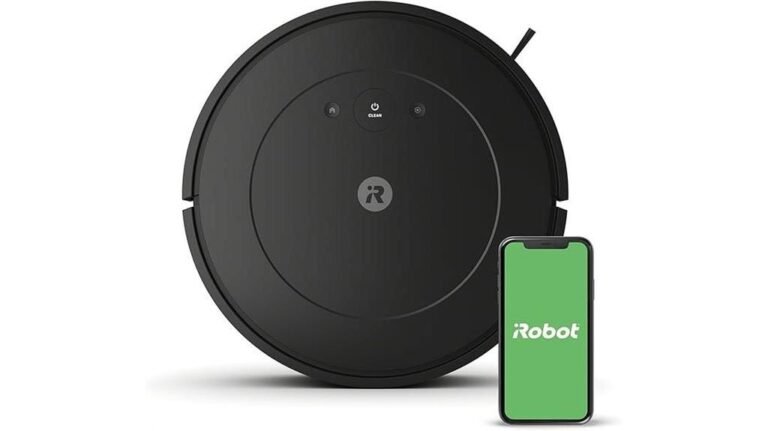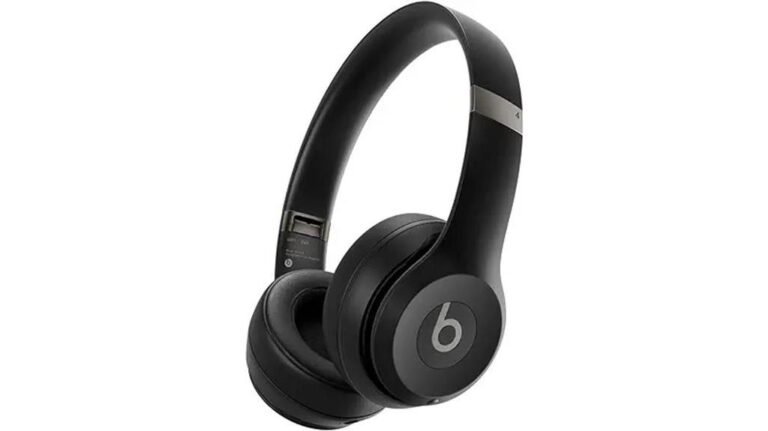Imagine your home as a locked treasure chest, filled with untapped potential and hidden possibilities. Now, picture a smart hub as the key that unlocks this chest, allowing you to access and control every aspect of your living space with ease.
From adjusting the lighting to optimizing the temperature and ensuring the security of your home, smart hubs offer a seamless and convenient way to transform your house into a smart home.
But how exactly do these hubs work? What technologies do they rely on? And most importantly, how can they simplify your life?
In this discussion, we will unlock the secrets of smart hubs, revealing the wonders they hold and guiding you on a journey towards a more intelligent and connected home.
Get ready to embark on this exciting adventure and discover the endless possibilities that await you.
7 Best Home Hubs
Key Takeaways
- Smart home hubs are essential for managing multiple smart home devices and allowing them to interact with each other.
- There are various home automation protocols, such as X10, UPB, Insteon, Z-Wave, and Zigbee, each with its own characteristics and capabilities.
- Wi-Fi devices connect to the home network and can interact with other Wi-Fi devices through platforms like HomeKit or IFTTT, while Bluetooth devices have limited range and require a hub for remote control.
- Thread is a low-power IoT platform that provides secure connectivity between devices, although there are currently limited Thread-certified products available.
Benefits of Smart Home Hubs
Smart home hubs offer numerous benefits that streamline and enhance the control of your connected devices.
One of the key advantages is the ability to centralize the management of multiple smart home devices. With a hub, you can control everything from one app, making it convenient and efficient.
Another benefit is the ability for devices to interact with each other, enabling seamless control and automation. You can set up routines and scenes that trigger specific actions across different devices.
Additionally, hubs are essential when using different products or services, as no single hub can control all smart home devices available.
Understanding Home Automation Protocols
Now, let’s explore the different protocols that are used in home automation to enable seamless communication between smart devices.
- Wired Protocols:
- X10: Uses existing home electrical wiring for signal transmission.
- UPB: Based on X10, offers faster transmission rates and better reliability.
- Insteon: Uses electrical wiring and RF wireless technology for communication.
- Wireless Protocols:
- Z-Wave: Popular protocol with a wide range of devices, operates at a low radio frequency.
- Zigbee: Creates a mesh network but has a shorter range compared to Z-Wave.
These protocols play a crucial role in establishing connectivity between smart devices in a home automation system. Wired protocols like X10, UPB, and Insteon utilize existing electrical wiring for communication, while wireless protocols such as Z-Wave and Zigbee operate on radio frequencies.
Understanding these protocols can help you choose compatible devices and ensure smooth communication between your smart devices.
Wi-Fi and Bluetooth in Smart Home Devices
Wi-Fi devices in smart home automation connect to the home network and are controlled through mobile apps. These devices, such as smart lights, thermostats, and security cameras, provide convenience and flexibility in managing your home.
With Wi-Fi connectivity, you can control these devices from anywhere using your smartphone or tablet. Wi-Fi devices can also interact with each other through platforms like HomeKit or IFTTT, allowing for customized automation and seamless integration.
However, it’s important to note that Wi-Fi devices can drain batteries quickly and may impede network performance if there are too many connected devices.
On the other hand, Bluetooth devices in smart home automation are energy-efficient but have limited range. They require a hub for remote control and are commonly found in mobile devices.
Exploring the Thread IoT Platform
Thread is a low-power IoT platform developed by Nest, Qualcomm, Samsung, and Silicon Labs that enables secure connectivity between hundreds of devices.
Here’s what you need to know about the Thread IoT platform:
- Thread-certified products: Currently, there are limited products available that support Thread. Google Nest devices are among the few that are compatible with this platform.
- Internet Protocol (IPv6): Thread is based on the IPv6 protocol, which ensures efficient and secure communication between devices.
- Enhanced connectivity: With Thread, you can create a network where devices can seamlessly interact with each other, allowing for a more integrated and intelligent smart home experience.
- Low power consumption: Thread is designed to be energy-efficient, ensuring that your devices can operate for extended periods without draining their batteries quickly.
- Secure communication: Thread provides a secure connection between devices, protecting your data and ensuring privacy in your smart home ecosystem.
Choosing the Right Smart Home Hub
If you’re looking to take control of your smart home devices, it’s important to choose the right smart home hub. With the wide range of options available, selecting the perfect hub can be overwhelming.
Consider the compatibility of the hub with your existing devices and the protocols they use. Look for hubs that support multiple protocols, such as Z-Wave, Zigbee, and Wi-Fi, to ensure compatibility with a variety of devices.
Additionally, think about the specific features and functionalities you need from a hub, such as voice control, security system integration, or mesh Wi-Fi capabilities.
Reading reviews and comparing different hubs can help you make an informed decision. Remember, the right smart home hub will provide seamless control and enhance the overall functionality of your home automation system.
Frequently Asked Questions
What Are the Security Features of Smart Home Hubs?
Smart home hubs provide enhanced security features. They offer encryption protocols, secure authentication, and protection against cyber threats. With a hub, you can have peace of mind knowing that your smart home devices are safeguarded.
Can Smart Home Hubs Be Controlled Remotely?
Yes, smart home hubs can be controlled remotely. They serve as the nerve center of your home automation system, allowing you to control all your devices through a single app, even when you’re away from home.
Are There Any Limitations to the Number of Devices That Can Be Connected to a Smart Home Hub?
Yes, there are limitations to the number of devices that can be connected to a smart home hub. The specific limit depends on the hub’s capabilities, but most hubs can handle a large number of devices for a fully automated home.
How Do Smart Home Hubs Integrate With Voice Assistants Like Alexa or Google Assistant?
Smart home hubs integrate with voice assistants like Alexa or Google Assistant by providing compatibility and control. You can use voice commands to control your smart home devices through the hub, making it convenient and hands-free.
What Is the Average Cost of a Smart Home Hub and Its Associated Devices?
The average cost of a smart home hub and its associated devices can vary depending on the brand and features. However, investing in a hub allows you to unlock the full potential of your smart home and enjoy seamless control over all your connected devices.



